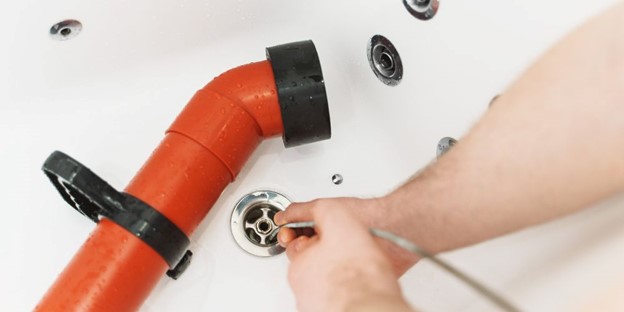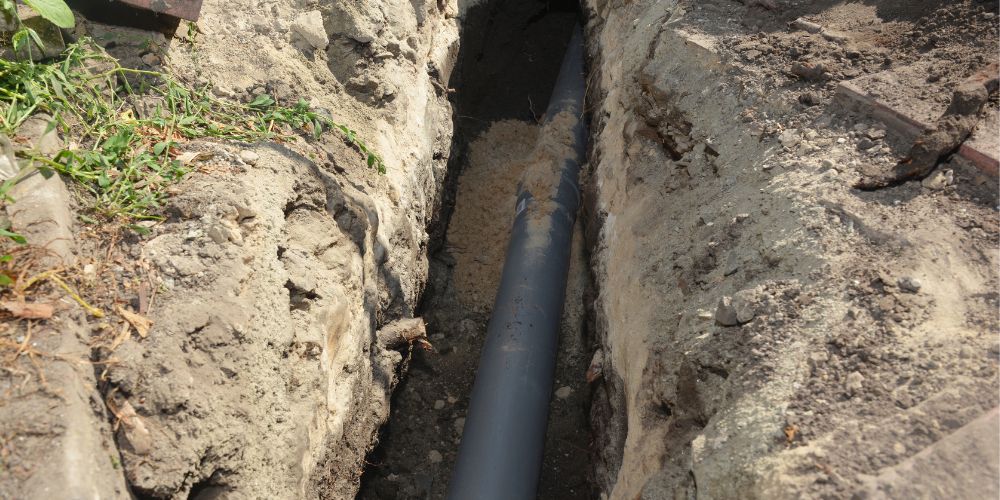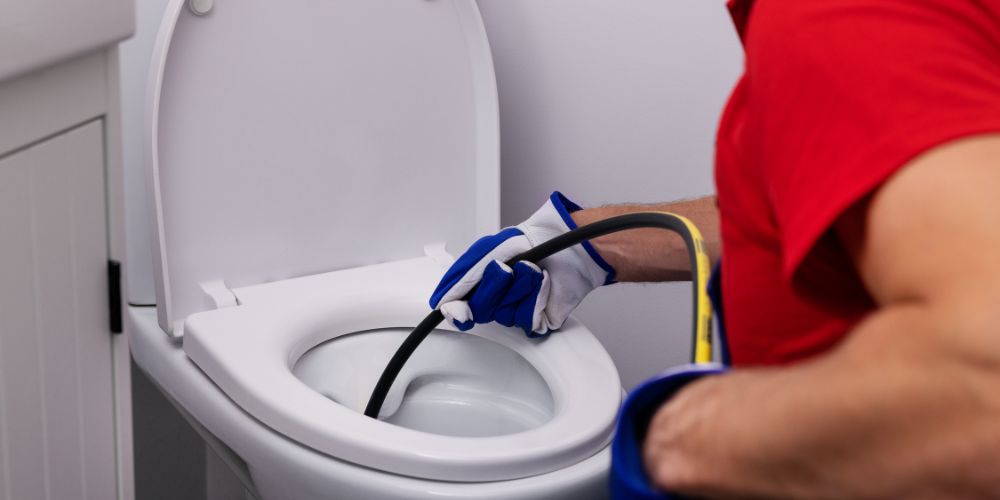Hard water is more than just a nuisance—it can lead to scale buildup in pipes, shorten the lifespan of appliances, dry out your skin and hair, and leave chalky residue on dishes and fixtures. In San Antonio, where water hardness often ranges from 15 to 20 grains per gallon (GPG)—well above the national average—a reliable water softener is not just a luxury but a necessity.
But with so many options out there, how do you choose the right one? This blog will walk you through the key factors to consider so you can confidently select a system that meets your home’s needs.
Why You Might Need a Water Softener
Before diving into features and types, let’s quickly understand why a water softener is essential, especially in San Antonio, where hard water is a common issue due to high mineral content.
Hard water problems include:
- White spots on dishes and faucets
- Scale buildup in pipes and appliances
- Reduced soap lathering
- Dry skin and hair
- Premature appliance breakdown
A water softener works by removing excess calcium and magnesium, the minerals that cause hard water. This protects plumbing, boosts appliance lifespan, and improves daily water use comfort.
1. Understand the Basics: How Water Softeners Work
A water softener replaces hard water minerals (mainly calcium and magnesium) with sodium or potassium through a process called ion exchange. The result? Softer water is better for your skin, appliances, and plumbing.
There are also salt-free water conditioners, which don’t remove minerals but reduce their ability to cause scale. These systems are often low-maintenance, but not ideal for homes with very hard water.
- Key Terms to Know Before You Buy
To make an informed decision, it’s helpful to understand a few key terms:
● Grain Capacity
This refers to the amount of hardness a softener can remove before it regenerates. A standard household usually needs a unit with a grain capacity of 24,000 to 48,000, depending on water usage and hardness level.
Tip: The harder your water and the more people in your home, the higher the grain capacity you’ll need.
● Regeneration
This is the process where the system flushes out collected minerals and recharges the resin beads.
Two types of regeneration:
- Timer-based: Occurs on a schedule, whether or not it’s needed.
- Demand-initiated: Regenerates only when necessary, saving water and salt.
● Salt vs. Salt-Free Systems
- Salt-based systems are more effective at fully softening water.
- Salt-free systems are low-maintenance and environmentally friendly, but don’t fully remove hardness.
3. Know Your Water Hardness Level
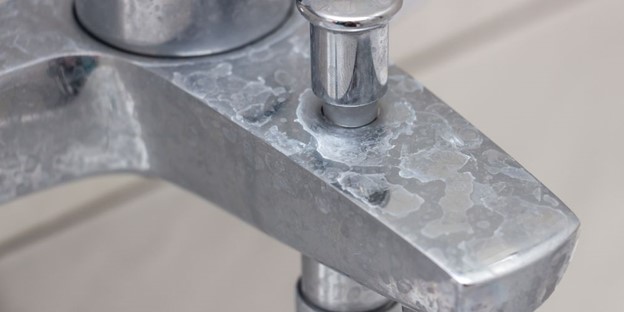
To choose the right water softener, you first need to test your water. You can either:
- Buy a test kit at a local store or online
- Contact a professional for a water analysis
In San Antonio, water hardness typically ranges from 15–20 grains per gallon (GPG), which is considered very hard. This makes a strong case for installing a traditional salt-based water softener.
4. Match the System to Your Household Size
Your household size and water usage greatly affect the size of the water softener you need. Here’s a simple breakdown:
| Number of People | Average Daily Water Use | Suggested Grain Capacity |
| 1–2 | 75–100 gallons/person | 24,000–32,000 grains |
| 3–4 | 75–100 gallons/person | 32,000–40,000 grains |
| 5+ | 75–100 gallons/person | 40,000+ grains |
5. Check for Efficiency and Certifications
Choose systems that are certified by NSF International or the Water Quality Association (WQA). These certifications ensure your softener meets safety and performance standards.
Also look for:
- Energy-efficient models
- Low-salt usage features
- Demand-initiated regeneration systems
These features save you money in the long run and reduce environmental impact.
6. Installation and Space Requirements
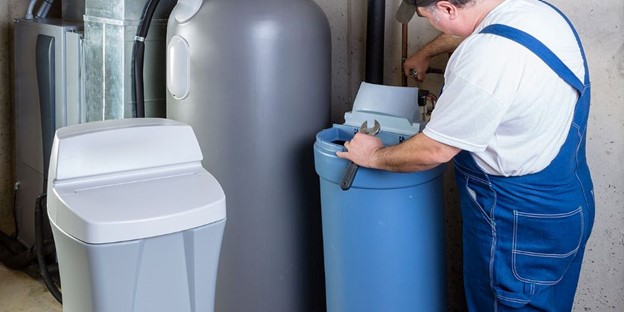
Some water softeners are large and need space for both the unit and a salt storage tank. Make sure you:
- Have space in your utility area, garage, or basement
- Hire a professional for proper Water Softener Installation
A poorly installed system can lead to leaks, inefficiency, and even plumbing damage. That’s why professional installation is always recommended.
Also read, How to install a water softener?
7. Maintenance Considerations
Most systems need regular salt refills and occasional resin bed cleaning. Salt-free systems may require cartridge changes or less frequent maintenance.
- Prevent mineral buildup
- Ensure the system regenerates properly
- Extend the lifespan of your unit
8. Compare Features and Brands
Here are some features to compare before buying:
- Digital control panels
- Dual-tank systems for continuous softening
- Wi-Fi connectivity for smart home integration
- Warranty and customer support
You don’t have to choose the most expensive model, but going with a reputable brand with strong reviews is wise.
Final Thoughts: Let the Experts Help
Choosing the right water softener starts with understanding the severity of hard water in your area—especially in places like San Antonio, where mineral levels are high. By learning how water softeners work, knowing your household’s water usage, and comparing features like grain capacity, regeneration type, and certifications, you can confidently narrow down your options.
Whether you opt for a salt-based or salt-free system, proper sizing, professional installation, and regular maintenance are key to long-term performance and efficiency.
Need Help Choosing or Installing Your Water Softener?
Let PlumbSmart handle it. We’ll assess your water, recommend the best system, and make sure it’s installed right—the first time.
Call today or book your water softener consultation online.



